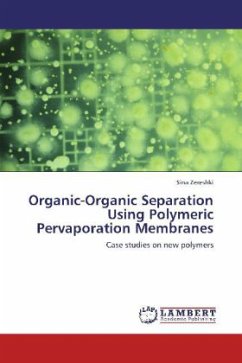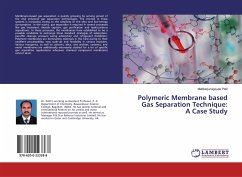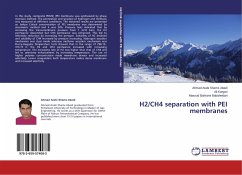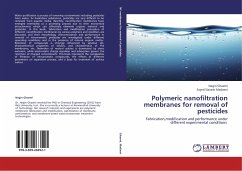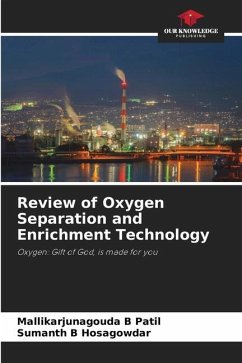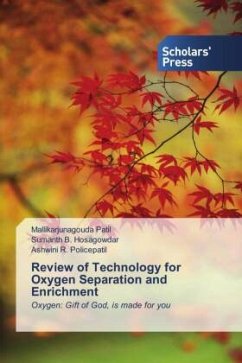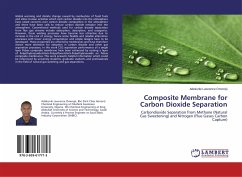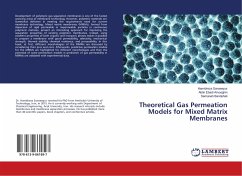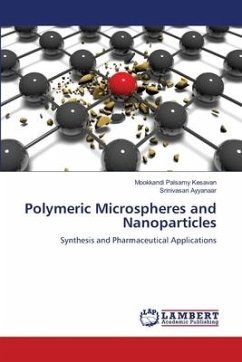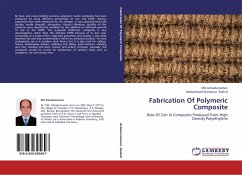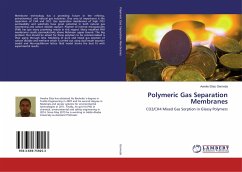
Polymeric Gas Separation Membranes
CO2/CH4 Mixed Gas Sorption in Glassy Polymers
Versandkostenfrei!
Versandfertig in 6-10 Tagen
51,99 €
inkl. MwSt.

PAYBACK Punkte
26 °P sammeln!
Membrane technology has a promising future in the refining, petrochemical, and natural gas industries. One area of importance is the separation of CH4 and CO2. Gas separation membranes of high CO2 permeability and selectivity have great potential in both natural gas sweetening and carbon dioxide capture. Polymer of intrinsic microporosity (PIM) has got many promising results in this regard. Many modified PIM membranes results permselectivity above Robinson upper bound. The big problem that should be solved for these polymers to be commercialized is their aging through time. Modeling of pure an...
Membrane technology has a promising future in the refining, petrochemical, and natural gas industries. One area of importance is the separation of CH4 and CO2. Gas separation membranes of high CO2 permeability and selectivity have great potential in both natural gas sweetening and carbon dioxide capture. Polymer of intrinsic microporosity (PIM) has got many promising results in this regard. Many modified PIM membranes results permselectivity above Robinson upper bound. The big problem that should be solved for these polymers to be commercialized is their aging through time. Modeling of pure and mixed gas sorption of carbon dioxide and methane which is carried out using dual mode sorption model and Non-equilibrium lattice fluid model shows the best fit with experimental results.



